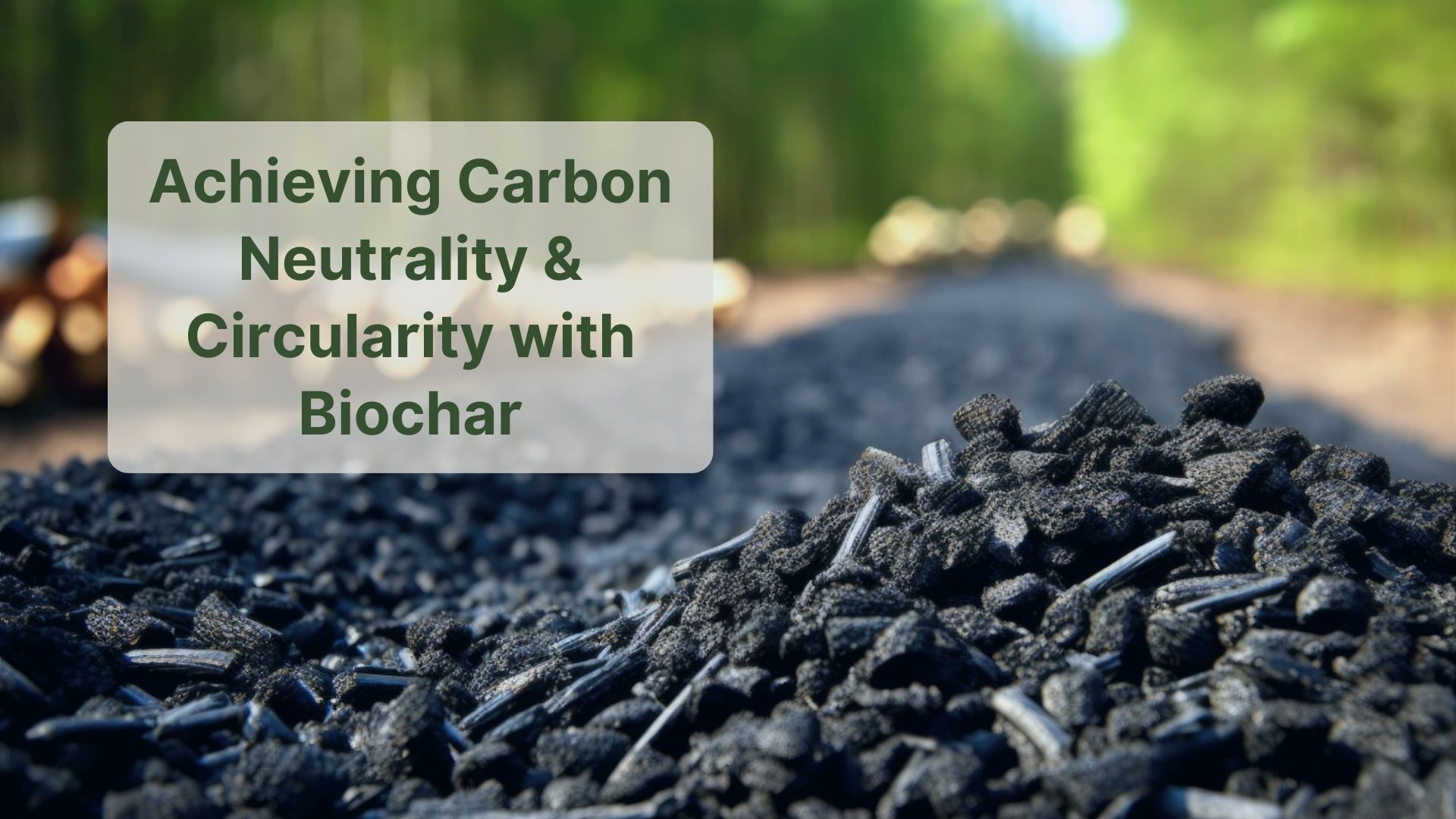Biochar: Circular Economy & Carbon Credit Solution
Science

Did you know that a carbon offset solution has emerged from waste management technology?
Biochar is gaining recognition as one potential carbon offset solution. It is produced from organic materials, particularly agricultural waste and forestry by-products, through thermochemical means. Biochar is primarily used as a soil amendment. Hence, producing biochar can help farmers to process their waste and give them an alternative for chemical fertilizers. In addition, biochar has other functions such as adsorbent to remove pollutants in soil and aqueous systems, electrode material for energy storage, supporting materials for catalyst for chemical processes, and improving structure of microbial population for composting.
Carbon Negative Solution
During photosynthesis, plants capture carbon from the atmosphere and incorporate it into their structure. When their lifespan is over, the decay process releases stored carbon back into the atmosphere in the form of CO2, CH4, and N2O. However, biochar production will transform dead plants into a stable form of carbon that is resistant to biological and chemical decomposition. Thus, by producing biochar, we can store carbon in the soil for centuries, preventing the release of carbon. This process can be regarded as ‘carbon-negative’, where the amount of carbon captured is more than the amount that is emitted.
Biochar production methods
Thermochemical conversion to create biochar includes:
- Pyrolysis: decomposition in an oxygen-free environment under the temperature range of 250−900 °C, resulting in biochar, syngas, and bio-oil
- Hydrothermal carbonization: decomposition in the presence of water with slowly increased temperature until up to 250 °C
- Gasification: decomposition at 650-900 °C that mainly produces syngas comprising CO, CO2, CH4, H2, and produces biochar as the byproduct
- Torrefaction: decomposition in an oxygen-free environment and low heating rate at 200−300 °C, using either steam, water, or oxidizing agents; also called slow or incomplete pyrolysis
The method chosen must be appropriate according to the biomass type for obtaining maximum yield.
Knowledge Gaps
To fully harness the potential of biochar, we need research to gain robust understanding of:
- Longevity of carbon sequestration in various soil types and environmental conditions
- Quantification of the reduction in GHG emissions attributable to biochar, especially reduction of nitrous oxide and methane which have higher warming potential than CO2
- Implication for soil health and fertility, which is related to soil microbial communities
- Effect on water quality
- The optimal biomass feedstock and production techniques to maximize carbon sequestration
Check out Fairatmos’ Insights page to learn more about sustainability and the carbon market.
